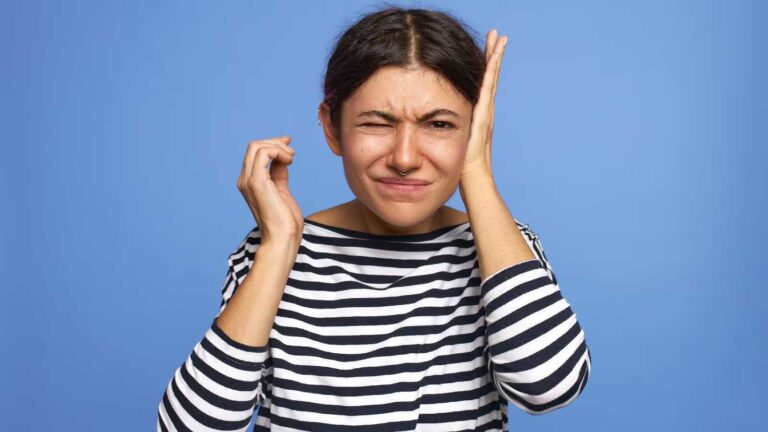CLUSTER HEADACHE
Cluster headache is one of the most painful types of primary headache disorders. They occur in bursts of time known as cluster periods and are generally painful right behind or around the eyes. Periods of insignificant remission follow. These periods of remission may last for years, but they may end much sooner, returning you to a cycle of pain and suffering. Treatment of cluster headaches is generally aimed at controlling symptoms and preventing clusters from turning into debilitating headache episodes.

MIGRAINE WITH AURA
Classic migraine, also known as migraine with aura, is a chronic headache disorder that occurs shortly after an aura or sensory disturbance. Auras are hearing or vision problems that include bright lights, “floating objects,” moving blind spots, blurred vision, or paresthesia of the face, neck, and hands. The pain associated with classic migraines is commonly described as throbbing and can be on one or the other side of the face. Fortunately, a typical migraine is generally not a “perfect headache.” However, the defining characteristics of migraine are accompanying nausea, vomiting, and extreme hypersensitivity to light, sound, and smell, which can leave the patient bedridden and immobile until the attack is over.
MIGRAINE WITHOUT AURA (AKA COMMON MIGRAINE)
Common migraine is a direct analog of classic migraine, except for the fact that it does not begin with a deaf or visual disturbance known as the aura. This headache condition is well known as migraine without aura. It is the most common form of migraine disorder affecting Americans today. The diagnosis and treatment pathways for common migraine are the same as for classical migraine. The only difference between the two disorders is actually the presence or absence of an aura.
TENSION HEADACHE
Tension headache is a very common type of head pain condition. A tension-type headache presents as a diffuse, dull, aching pain over the forehead. They are often described as a tight pressure band across the forehead, resembling a headband that is too small. Unfortunately, while tension headaches are prevalent, their triggering factors are poorly understood and can be triggered by anything from stress and anger to bad weather.
MEDICATION-OVERUSE HEADACHE
Medication overuse, or “rebound” headache, is an unfortunate side effect of chronic headache treatment. These are a direct result of long-term use of headache medications that can temporarily relieve headaches, but overuse (think once or twice a week or more) can actually cause self-defeating headaches. Therefore, people who suffer from chronic headaches should work with their doctor to switch treatments or use them sparingly to avoid overusing medications and causing medication overuse headaches. It is important.

HYPERTENSIVE HEADACHE
High blood pressure, caused by blood passing through the cardiovascular system putting too much pressure on arterial walls, can actually cause severe, debilitating headaches. When blood pressure rises to severe or life-threatening levels, severe headaches are common. If you experience these sudden, severe headaches, especially if you have high blood pressure or your face is dizzy and flushed, you should see a doctor right away.
For quality treatment for your headache condition visit Specialty Care Clinics.
